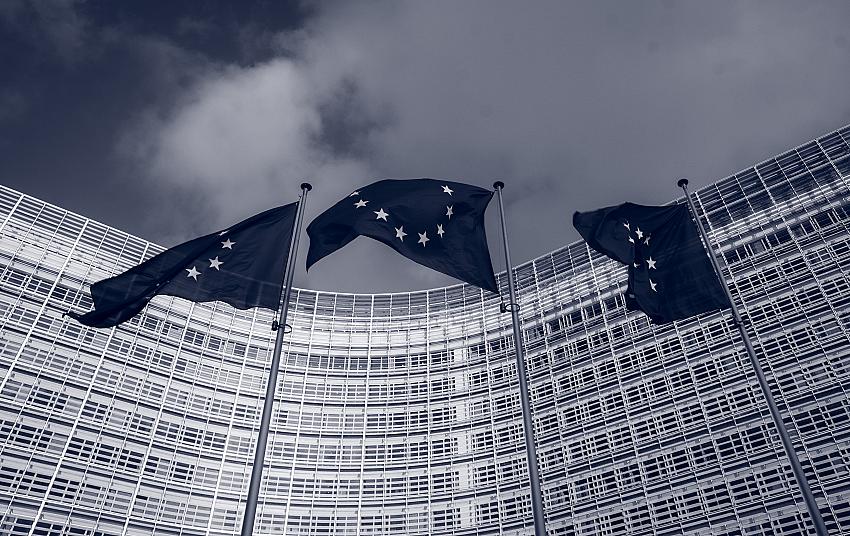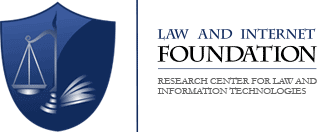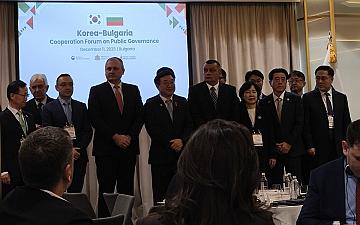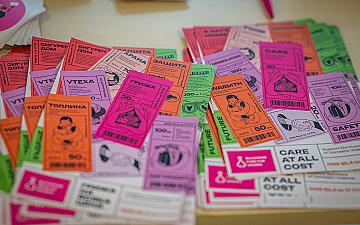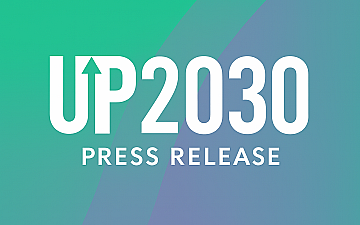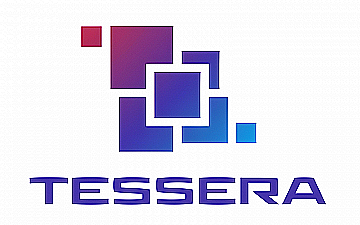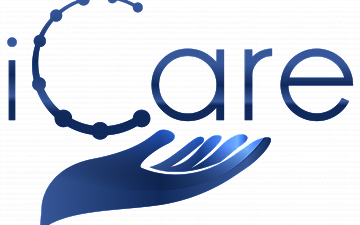Almost seven years ago researchers from Stanford have found out that young people experience difficulties in accessing the reliability of online sources and information. One of the reasons for that seems to be the speed with which they receive and come into contact with information. This along with the amount of available information do not give youngsters sufficient time and space to reflect upon it and judge its credibility. Thus, since then many projects, campaign, initiatives and other activities have been carried out to tackle disinformation among young people. Though the problem is still persistent and further actions are needed.
The current article lays out some of the most recent initiatives at EU level aimed to handle disinformation and its consequences.
- European Schoolnet (an NGO) has recently published an article about the ways we can increase the media literacy among the youth community across the EU. It is part of project, which the Schooldnet is coordinating Facts4All – Schools as Community Hubs against Disinformation supported by the European Commission's Media Literacy of All Programme (2021-2027). The main goal of the project is to raise awareness about disinformation in an online environment while bridging the gap between youngsters and their elderly ones (parents, grandparents etc.).
- YOUTH4EUROPE project addresses the youth participation in politics, advocacy and European citizenship. It’s main purpose is to raise awareness among young people on EU policies and Institutions.
- Voices of Youth (supported by UNICEF) is a platform which provides an open dialogue on various topics concerning youth community. Moreover, it provides opportunities for active engagement and mutual learning.
- Media and Information Literacy (MIL) should be both within the classrooms and beyond them. It should be integral part of policies and strategies. With regard to that claim, UNESCO has piloted a programme on Media and Information Literacy for youth organisations to encourage them to integrate MIL into their policies. It also includes capacity building for professionals. Moreover UNESCO has launched MIL CLICKS Social Media Innovation with the goal to assist people in noticing misinformation in their regular daily online activities.
- EU DisinfoLab (EUDL) is an independent NGO focused on tackling disinformation campaigns targeting the EU and its Member States (MS). It is a relatively new organisation which aims to become a hub for disinformation activists and experts in order to raise awareness around disinformation issues and gather and support civil society resilience to disinformation to foster a stronger information ecosystem. EUDL have elaborated a methodology to classify fact-checked disinformation, which can be a useful tool to check out and spread. Another useful instrument developed by the Lab is ‘User-Guide to the Digital Services Act’. Its main goal is to that this new piece of legislation is effective when it comes to combatting disinformation, including to provide an overview of the available tools and rights of people provided by the Act.
- Another one is the web platform and project ‘COUNTERING DISINFO’. It is an online guide aim at promoting information integrity.
- The European Digital Media Observatory (EDMO) brings together fact-checkers, media literacy experts, and academic researchers to comprehend and analyse disinformation, in collaboration with media organisations, online platforms and relevant practitioners. It is a project funded by the EU and aims to enhance the multidisciplinary cooperation when it comes to combating disinformation and related issues.
If you are interested, there are many more out there. Thus, it is evident that a lot has been done. However, further actions are needed at national and EU level when it comes to media literacy and potential of children and youngsters to judge the trustworthiness of a given content (e.g. educational programmes, trainings for teachers and parents, incorporate media literacy as part of the curriculum). It is necessary mainly due to the very fact that the recent generations are ‘children of the internet’ as they obtain information and communicate mainly in online environment via social media.
